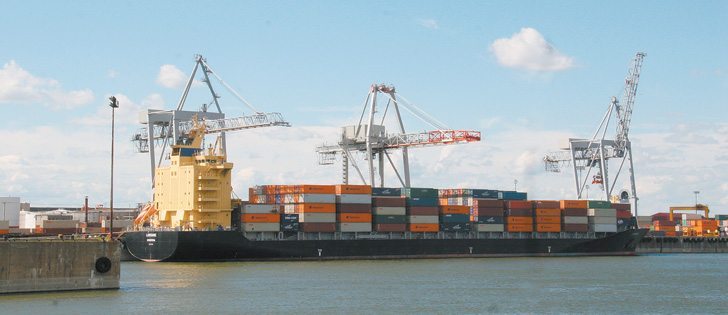Livestock traceability promises many benefits, but Canadian producers have yet to see substantial payoffs to offset its costs.
In 2009, federal and provincial agriculture ministers committed to develop a comprehensive mandatory national traceability system for the livestock industry by 2011.
The deadline was missed and there is spirited debate about the value of pursuing the goal.
Some say traceability is a global unstoppable force and Canada’s livestock industry risks falling behind and losing markets if it does not make real progress implementing its plans.
Read Also

Kochia has become a significant problem for Prairie farmers
As you travel through southern Saskatchewan and Alberta, particularly in areas challenged by dry growing conditions, the magnitude of the kochia problem is easy to see.
Others note there is little agreement among international buyers about what traceability should be and point out that the United States has, without a mandatory traceability program, regained markets lost since the BSE outbreak of 2003 while Canada still struggles.
And University of Manitoba food safety specialist Richard Holley says traceability is mostly for show and does little to improve food safety.
So what is it: a critical component of food safety and a tool to build international demand for Canadian beef or a waste of time and money?
Traceability appeared the best way to restore reputation and win back markets in the desperate days after BSE was found and the world shut its doors to Canadian beef, causing beef and cattle exports to fall to $2 billion from $4 billion.
European countries developed a traceability system in the wake of their BSE disaster and the idea gained traction internationally.
So Canada set out to build a mandatory livestock identification and traceability system.
There were several selling points: help control and eradicate disease, improve market access, encourage consumer confidence, promote product differentiation to give Canadian beef a marketing edge and allow production and genetic herd improvement if information is shared from packer to producer.
However, it was never enthusiastically embraced by all beef producers, packers and provinces, which contributed to the slow progress.
Aspects of traceability have helped in some cases, such as avian flu outbreaks.
But Holley says there are better ways to protect the public from food-borne illness, such as developing a national database on food-borne outbreaks and their causes that would let public health officials react quickly.
Agriculture minister Gerry Ritz says Canada is still ahead of other beef exporters, despite the delays in developing traceability. As well, he says the system has helped Canada in trade discussions in reopening markets.
However, the U.S. is also regaining markets, although it efforts in traceability lag far behind Canada.
People like John Weekes, a board member with the Alberta Livestock and Meat Agency, whose mandate includes finding markets for Canadian meat, bemoans the reluctance of the beef industry to em-brace and promote traceability. It does not need to be perfect to attract the interest of buyers, he says.
But Robert Meijer, president of Canada Beef Inc., the key national promoter of Canadian beef, says traceability was not an issue when he was in Asia talking with customers. Some did not even know what it meant.
Meijer has trouble identifying the payback for the costs of traceability and suggests it is time for a cost-benefit analysis.
With strong prices and good global demand for beef, Canada’s cattle industry wants to rebuild to its pre-BSE level.
Traceability might be a tool to help it attain that goal, but to be accepted, it must meet this industry demand: show me the money.














